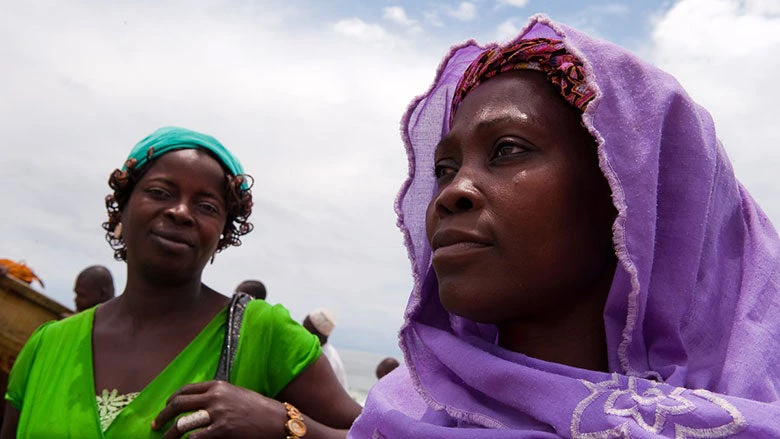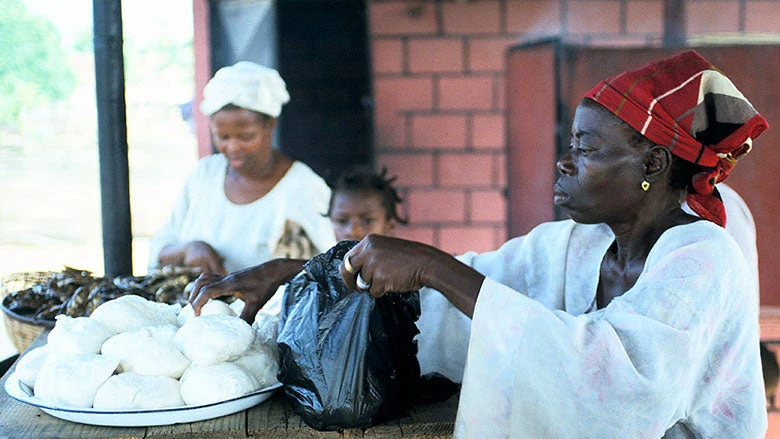Imagine this: You open your mail and it says that you are owed $1,200 from overpaid taxes! After recovering from your elation, you read on. The letter requests you to choose if you would like to be paid over the next year in increments of $100 every month or $300 every three months?
How would you decide? Would you spend rather than save the money if you got it every month? Would you splurge it on luxuries or be forced to share with your family and friends if you got a bigger chunk every quarter? Would you feel happier or more stressed out about your life and finances depending on the frequency of the payments?
We set out to ask a similar set of questions about some of the poorest households in northern Nigeria. Would cash transfers received quarterly or monthly change important outcomes like household consumption, savings, investment, food security, or happiness? Here is a brief take on how we went about answering these questions and what we’ve found so far.
Monthly or quarterly cash transfers: which works better for the poorest of the poor?
Working with the United States Agency International Development (USAID) and Catholic Relief Services, we organized a rigorous research study by varying the sum and frequency of unconditional cash transfers to 1,200 women from ultra-poor households. A public lottery was used to select women to receive about $700 in 15 monthly installments or five quarterly installments. The selected households came from rural farming communities and most women in the study were primarily engaged in household work or childcare.
The cash transfers were handed over to the women at a public space in their home villages so the timing and amount of the cash transfers were visible to family members as well as the wider community. We were curious about how the women getting the cash transfers would share the money with other members of their household, especially since the cultural custom in the region would anticipate that she hands over all the cash to her husband. A larger less frequent payment could attract more attention.
The study found that receiving chunkier, less-frequent transfers made no substantial difference in the proportion of the cash the female held on to and in the overall positive impact on the household’s living conditions. This means that chunkier transfers can lower the overall cost of delivering cash, possibly freeing up resources to increase the number of beneficiaries and widen the impact of such programs.
Cash transfers work!
Cash transfers to extremely poor households in northwest Nigeria have an immediate and overall positive impact on many dimensions of household welfare. Women are more likely to work, the whole household eats more food (more regularly) and eats a more diverse diet. The cash recipient’s households save more, but also spend more on their children’s clothing and healthcare. Finally, they also invest more in assets, especially small animals.
The bottom line is that no matter how often they received the transfers, the women who received them and their households were better-off on numerous measurable dimensions.
Digging a little deeper into one of the more interesting effects, we find that roughly one fourth of the women who were not engaged in an economic activity before getting the cash transfer, switched over to being economically active. Most of these women start a small, often home-based, non-farm business like a small store, cake-making or rice processing as a result of getting the cash transfer.
Women getting the cash transfers are also happier and more satisfied with their lives. They spend more on festivals and celebrations, bolstering their position in the community and gaining important social capital.
For more information about the study and its results, read the policy brief.





Join the Conversation